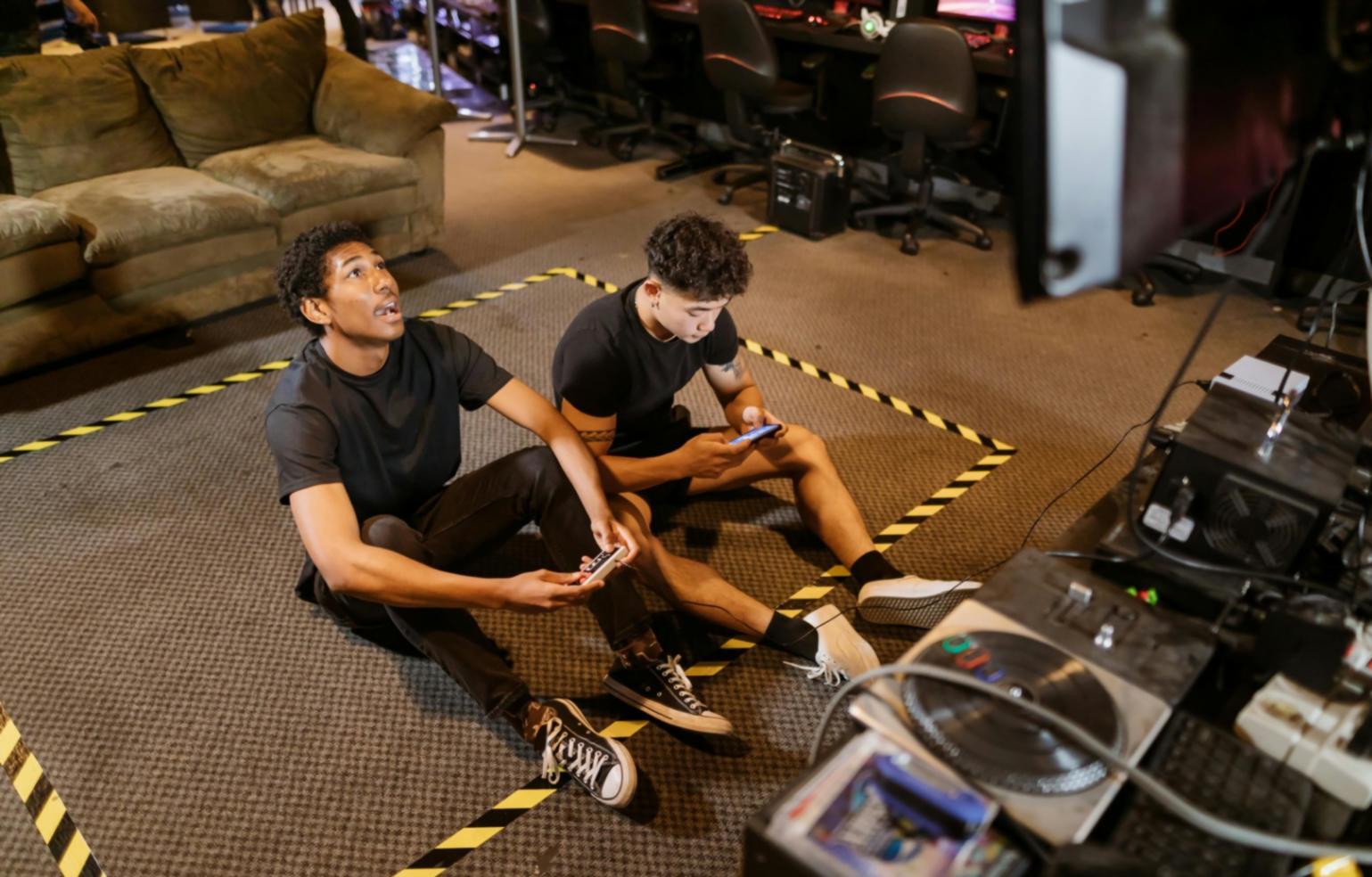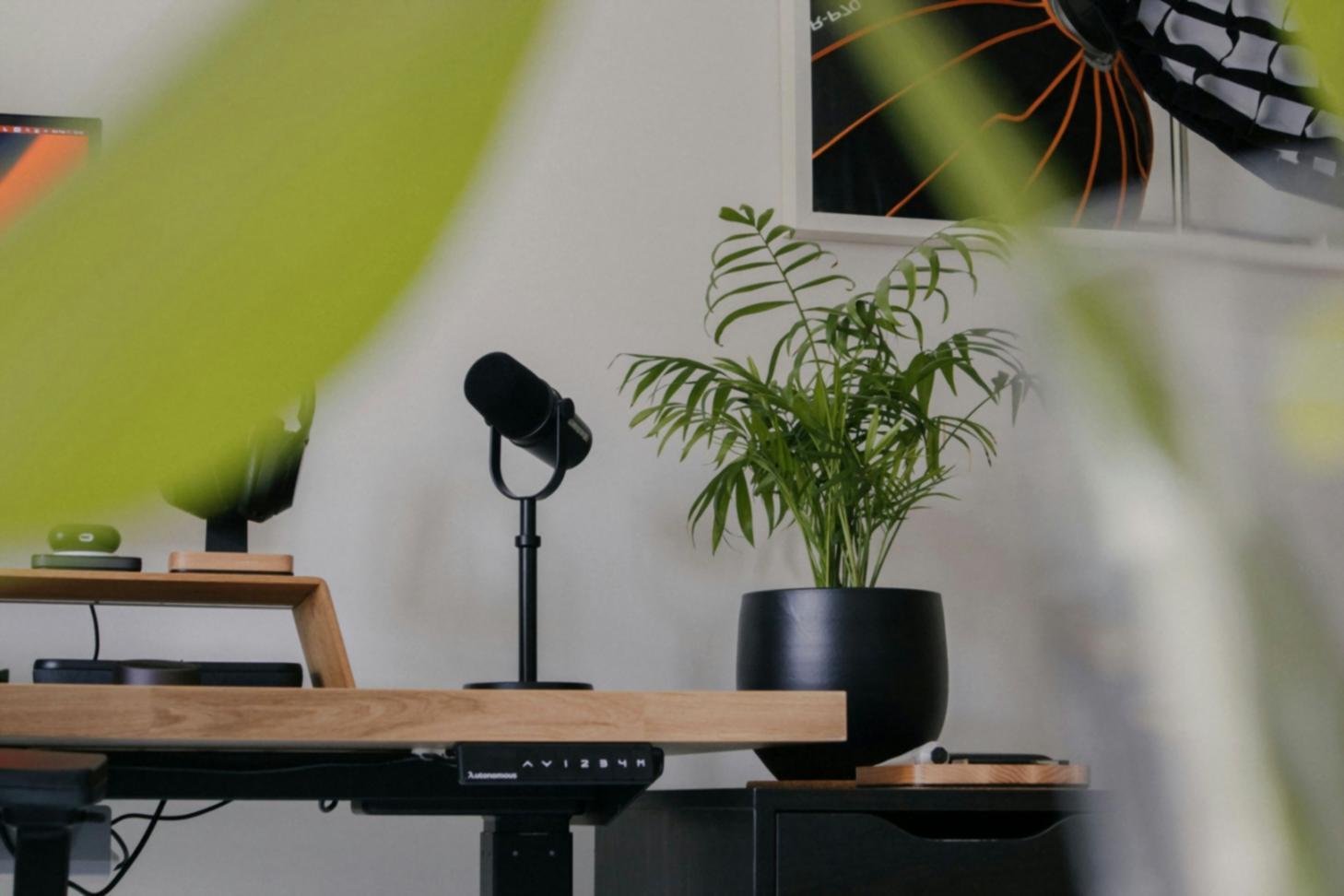





Welcome to Your Creative Video Journey!
Streaming Beyond the Basics: A Different Approach When we first developed our streaming production methodology, we weren't trying to reinvent the wheel. We were simply responding to the recurring mistakes we kept seeing—even from people who'd been in the field for years. The disconnect wasn't about technical knowledge so much as integration. People knew their encoders and could configure OBS, but they struggled with the interplay between technical setup and creative direction during live production. Our approach centers on what we call "responsive streaming"—the ability to adapt to unexpected technical limitations or creative opportunities in real time. This isn't just about having backup plans (though redundancy is crucial). It's about developing an intuitive understanding of how each element in your stream affects everything else. Last month, we worked with a client whose audio suddenly developed a strange reverb mid-stream. Instead of panicking, they quickly adjusted their mix, incorporated it as an intentional effect for that segment, and smoothly transitioned back to normal settings afterward. This wouldn't have happened without the mindset we help cultivate. The bitrate-quality balance creates more problems than almost anything else we see. Most streamers either push bitrates too high, causing buffering for viewers, or set them too low and wonder why their beautiful 4K camera looks like a potato. We don't just teach the technical specifications—we show how to make smart trade-offs based on content type. Fast-moving action needs different handling than static interview shots. Technical knowledge isn't enough when bandwidth drops unexpectedly or platforms change their requirements without warning. You've got to develop instincts. Multicam switching is where I've noticed the most dramatic improvement in our students. Many arrive thinking it's just about cutting between shots at the right moment, but leave understanding how to create visual rhythm that enhances storytelling. The difference is striking—streams that once felt jumpy or disjointed become compelling visual experiences that keep viewers engaged far longer. We don't promise overnight transformation; this takes practice and feedback. But when it clicks, when a student starts intuitively selecting the perfect shot before a moment even fully develops, that's when you know they've crossed from technical operator to streaming director. A particularly thorny challenge involves managing talent who aren't used to the streaming environment. Many techniques from traditional video production simply don't translate well. Teaching streamers how to give direction without disrupting the flow of a live broadcast requires both technical understanding and interpersonal finesse. We address this head-on rather than pretending it's a minor issue. In the end, what separates our perspective isn't fancy jargon or revolutionary technology. It's recognizing that streaming production sits at the intersection of broadcast television, IT support, and social media management—and teaching people to navigate that intersection with confidence rather than compartmentalizing each skill set. The keyer settings matter, but so does understanding why viewers engage with certain content types over others. This integrated approach is what transforms competent technicians into exceptional streaming producers who can adapt to whatever comes next in this rapidly evolving medium.
Ping Us